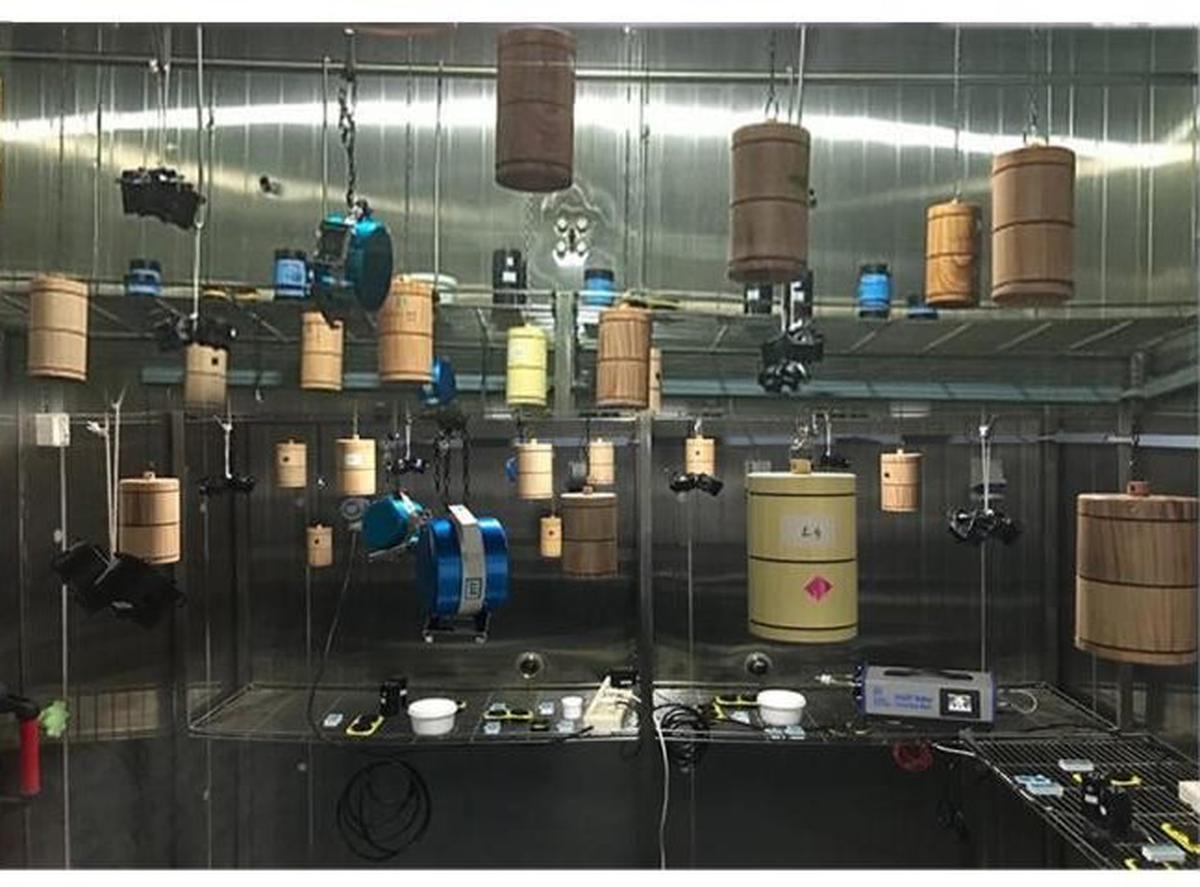
International inter-comparison exercise on radon measuring devices completed at Mangalore University
The Hindu
This was the first such large-scale experiment organised in India involving several countries and it was conducted and organised in collaboration with the Radiological Physics and Advisory Division of Bhabha Atomic Research Centre (BARC)
The Centre for Advanced Research in Environmental Radioactivity (CARER), a national facility for radiation protection studies, at Mangalore University completed an international inter-comparison exercise on ‘radon measuring devices’ using the advanced calibration facility for radon measuring devices, recently.
This was the first such large-scale experiment organised in India involving several countries and it was conducted and organised in collaboration with the Radiological Physics and Advisory Division of Bhabha Atomic Research Centre (BARC), Mumbai. Ten laboratories from six countries — Japan, South Korea, China, Czech Republic, Vietnam and India — participated in these experiments, which were conducted over two months, according to the Head of CARER Karunakara Naregundi.
About 450 active and passive radon measuring devices were subjected to intercomparison measurements. These experiments involved accurately monitoring and controlling the environmental parameters and radon levels in the calibration facility and this was accomplished through innovative technology developed at the CARER. The intercomparison experiments are considered important to ensure the accuracy and precession of measuring devices/detectors, he said in a release.
Mr. Naregundi said that the state-of-the-art calibration facility was established at the CARER through financial support from the Board of Research in Nuclear Sciences (BARC).
“We are happy to inform that this is the largest walk-in type calibration facility in Asia (and the second largest in the world),” he added.

 Run 3 Space | Play Space Running Game
Run 3 Space | Play Space Running Game Traffic Jam 3D | Online Racing Game
Traffic Jam 3D | Online Racing Game Duck Hunt | Play Old Classic Game
Duck Hunt | Play Old Classic Game











